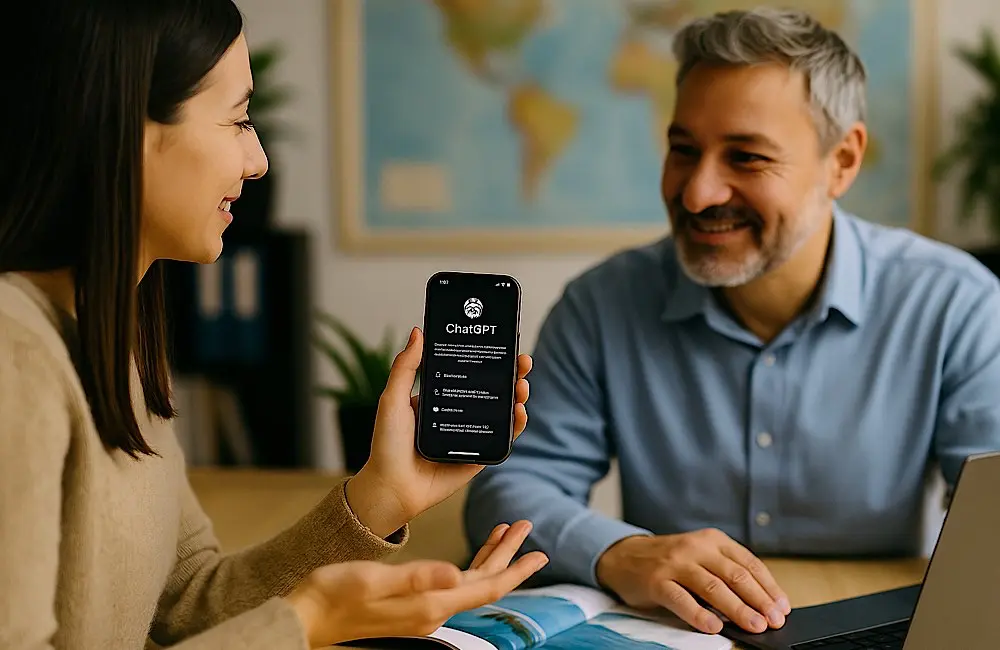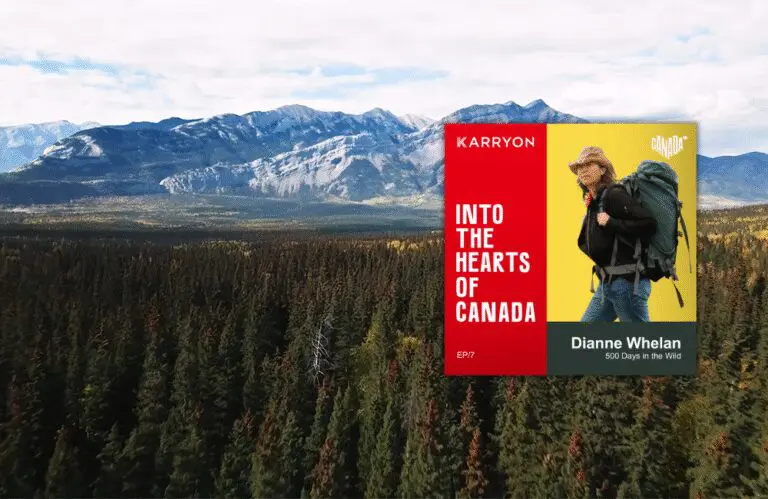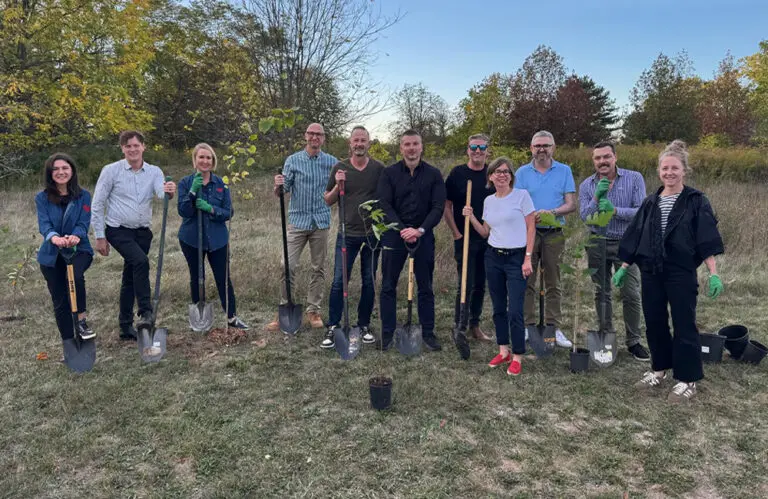Your clients are plugging their travel questions into ChatGPT. Agents need to beat them to it, with sharper, faster, more personalised research. That means agents need to out-research, out-anticipate, and out-deliver the tools their clients already use.
In 2025, knowledge isn’t power unless it’s fast, searchable and ready to go. That means setting up an AI system that works while you do. With the right prompts and tools, agents can turn supplier updates, training resources and destination news into a living knowledge bank, always available and always one step ahead.
Here’s how to set up a smarter AI-powered research workflow that keeps your value front and centre.
Get there before the client does
Clients are arriving with AI-built itineraries in hand. Agents need to outsmart, outpace and out-customise them with research that shows real insider clout.
Step-by-step:
- Track destination and product updates automatically: Set up Google Alerts, Feedly or Flipboard for key destinations, suppliers, and sectors. These tools will continuously scan the web and feed relevant updates into your inbox or dashboard.
- Summarise supplier training or long reads: If you attend a webinar or receive a detailed famil report, drop the transcript or notes into ChatGPT. Use prompts like: “Give me five key takeaways from this South Africa famil for agents selling to luxury travellers.” OR “What’s the main advice from this training for honeymoon specialists?”
- Segment findings by traveller type: Ask ChatGPT to break down the insights based on client profiles. Prompts could include: “Summarise this itinerary for solo travellers.” OR “Highlight the family-friendly elements in this Fiji supplier brochure.”
- Organise the outputs: Copy useful AI outputs into your own research library: a shared Google Doc, Notion page, or CRM notes section, categorised by destination, client type or travel style.
- Schedule a weekly AI catch-up: Block 30 minutes a week to feed any new material (emails, brochures, event notes) into ChatGPT and extract insights. Regular input equals better future outputs.
This setup might take time at the start, but once it’s rolling, it becomes your behind-the-scenes researcher.
Set up smart supplier research systems
Feed ChatGPT the PDFs, brochures and supplier docs you’re already collecting. Use it to extract what matters fast. You can:
- Speed-read documents: Drop a file into ChatGPT and ask for specific info: “What perks in this brochure are best for families?”
- Pull fine print: Ask it to find cancellation policies, blackout dates, age limits or hidden surcharges.
- Create instant comparisons: “Compare these three itineraries by price, inclusions and travel time.”
- Build tailored summaries: “Give me a paragraph on this product for solo travellers.”
- Generate tables: Ask it to lay out pricing, inclusions or conditions side-by-side for easier quoting.
This is real-time research done while you’re doing other things, and the more you feed it, the better it gets.
At first, it’ll take time to set up. You’ll need to collate files and test prompts. But once it’s rolling, it becomes your background research machine. While you focus on clients, AI is crunching content, finding details, and organising what you need.
Build a custom research GPT
Every webinar, famil or sales call can fuel your future quotes, if you store it right.
To build your own knowledge GPT:
- Gather all notes, slides, recordings or summaries from recent events
- Collect supplier PDFs, newsletters and rate sheets
- Visit https://chat.openai.com/gpts and click Create a GPT
- Upload your files and tell the GPT its role: “Help me answer questions about Southeast Asia small-group tours.”
- Prompt examples: “Show me tours with included airfares from this content.” OR “What does the Contiki brochure say about under-35 inclusions?”
Automate supplier updates into usable insights
Supplier updates often end up buried in inboxes. Instead, streamline them into actionable intel.
Forward relevant emails into a shared Google Doc, Dropbox folder or central archive. Each week, batch and paste the latest updates into ChatGPT. Ask prompts like: “Summarise key changes for cruise specialists.”
Or use plugins like WebPilot or NoteGPT to scrape training portals, rate sheets or supplier updates. This allows you to instantly:
- Extract new routes, hotel openings, and commission changes
- Pull incentive offers and note expiry dates
These insights can be fed straight into a cheat sheet, quote, or reply.
Turn live events into searchable reference libraries
Webinars and conferences are goldmines, if you don’t forget them. Don’t let learnings fade.
Upload notes or session decks to ChatGPT or your custom GPT. Prompt it to recall key takeaways:
“What were five new selling angles for Fiji mentioned at this event?”
“Which suppliers highlighted sustainability efforts in 2025?”
Build niche GPTs by segment
If you specialise, don’t reinvent the wheel each time. Build topic-specific GPTs instead.
Create one for each key area, like Japan, family travel or luxury cruising. Include docs, PDFs, itineraries and cultural notes.
Then go to https://chat.openai.com/gpts, click Create a GPT, upload files and clearly define the GPT’s job. For example:
“You are a personal assistant for selling luxury small-ship cruises from Australia.”
You can also instruct it:
“Highlight Ponant and Silversea options before other brands.”
Once built, your GPT becomes a specialist you can consult instantly.
Be better, faster and already researching
Clients might start with ChatGPT, but they still want a human who knows more.
By building their own AI research bank, agents can quote faster, respond with deeper supplier insights, and anticipate changes before clients even know to ask.
AI MASTERCLASS: How travel agents can use AI for better client consultations and communication
AI MASTERCLASS: The ultimate guide to using AI in your travel business
KARRYON UNPACKS: Agents who proactively train their AI get sharper insights, better speed and higher-value outputs. The key isn’t replacing your role, it’s amplifying it.






